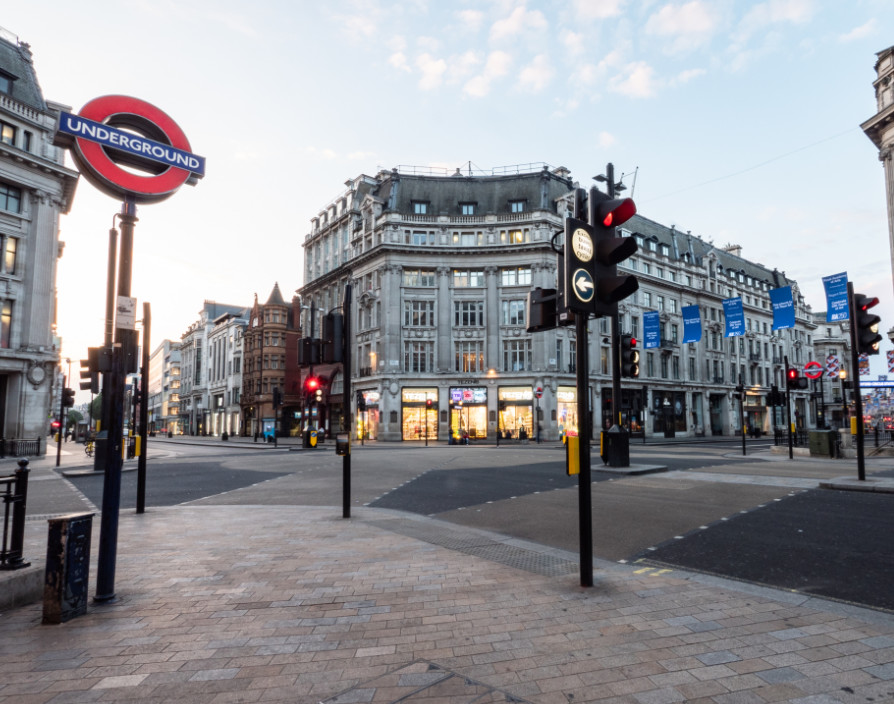With the majority of retail outlets having been closed for over two months to comply with COVID-19 regulations, there has been a significant toll on the economy, businesses and livelihoods. Therefore, the government’s announcement that all non-essential bricks-and-mortar retailers can reopen as of 15th June will have been music to the ears of many shop owners and consumers alike. Yet, despite the positive nature of this news, the introduction of new guidelines to protect shoppers and workers means that the high street shopping experience is likely to be a far cry from the one of just a few months ago. As a result, retailers and consumers must readjust their expectations of what a shopping trip in the post-pandemic world might look like.
As retailers adapt to the new normal, they will be required to make significant changes to their operations in order to comply with government-mandated guidelines. This requires physical changes to the layout of stores, implementing one-way systems and markers to indicate socially-distanced queuing, and closing changing rooms wherever possible. Further to this, restrictions will be placed on the number of people allowed in the store at one time. While designed to keep both retail workers and consumers safe, this combination of measures is likely to result in the experiential element and social side of shopping in bricks-and-mortar stores being lost.
Will shoppers return to the
high street?
With many consumers seeing shopping as a hobby and a social activity to enjoy with friends, adhering to the new guidelines could mean that bricks-and-mortar retailers will struggle to offer consumers anything they can’t get online. For instance, without being able to try items on instore before buying them and being unable to walk freely around shops with friends, there will be little to differentiate high street shopping from the experience of ordering items online.
For retailers, the enforcement of social distancing measures may also mean that even if consumers do return to the high street, it won’t be in the numbers needed to make opening stores viable as footfall will be much lower. This will make opening stores unsustainable for some retailers, particularly those who sell low-cost goods and, therefore, need more customers through the door to turn a profit. At the opposite end of the spectrum, higher end and luxury store that only require a handful of customers to make purchases to make opening worthwhile are unlikely to need to give this issue much thought.
A further consideration for retailers should be the matter of consumer confidence as shoppers returning to the high street relies heavily on them feeling safe to do so, which has been ranked as the number
one factor in determining where consumers will shop. Consequently, retailers must ensure that consumers see their stores as safe environments and instil confidence that they are adhering to cleanliness and hygiene standards. While some brands are likely to be intrinsically more trusted in these area than others thanks to their reputations, most retailers will be required to build consumer trust and demonstrate the measures they are taking to protect both their customers and employees. At the very least, this will require retailers to make significant changes to the frequency and intensity of store cleaning and ensure that social distancing measures are signposted and enforced both within their stores and while individuals queue outside.
Safeguarding employees
In order to reopen, stores will be reliant on their employees feeling safe and supported enough to return to work, therefore, retailers will be required to put strategies and processes in place to achieve this. Strict scheduling and communication strategies will be key to safeguarding retail workers and ensuring they are up-to-date with the latest information so they can do their jobs safely.
As a result, prior to opening retailers must ensure they have the scheduling processes and workforce management tools to meet new government guidelines in place to stagger employee start and end times, reduce the contact each employee has with others and schedule extra time for enhanced health and safety processes, for example. In addition to this, these tools will enable retailers to communicate with their employees quickly and efficiently and provide clear and concise information to ensure they understand the latest guidance, can comply with any new rules set out for them and are aware of their new shift patterns. Additionally, by having these processes and tools in place, it will be easier for retailers to ensure should one of their staff members fall ill that they are able to quickly determine which colleagues they could have come into contact with and take the appropriate steps.
The post-pandemic high
street
As retailers prepare to reopen their stores, it’s vital they ensure they have the processes and safeguards in place to adhere to government guidelines and protect both employees and consumers. However, it’s essential to also be realistic and understand that the experience of both shopping and working on the high street will be drastically different and unlike anything seen before. Ultimately, these factors are likely to combine to accelerate the transformation of the high street. Unfortunately, those retailers that were already struggling prior to the lockdown may be among the first casualties of the post-pandemic retail landscape.
Share via:








































